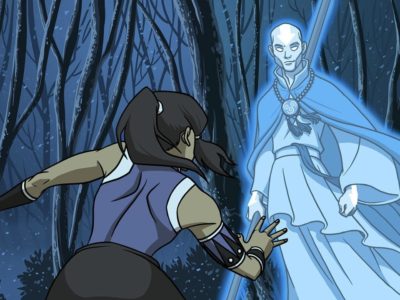Despite being catered to younger audiences, many animated shows are imbued with vast depths of meaning and life lessons. For most college students, rewatching cartoons from our elementary and middle school days serves as a comforting means of catharsis. Beneath dazzling animation and pitch-perfect comedy, cartoons proffers much philosophy and wisdom. These five cartoons teach without trying and present insight applicable to our budding adulthood!
1. Avatar: the Last Airbender (2005 to 2008)
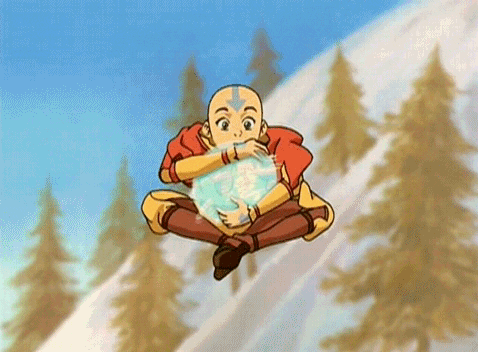
Not simply a Nickelodeon series of short episodic quests, “Avatar: the Last Airbender” (ATLA) invites us to immerse ourselves in an epic journey ripe with conflicts, deeply relatable characters and long-running jokes. Drawing from various aspects of East Asian culture, “ATLA” presents an elemental bending system embodied in the water, earth, fire and air nations. The Water Tribes are fluid and vibrant, the Earth Kingdom persists firm and resolute, the Fire Nation thrives spirited and volatile and the Air Nomads are peaceful and even-minded. Despite the vast differences in culture, ideology and creed, Team Avatar befriends people from all nations and discovers striking similarities among them. “Though their society is split into four groups, at the end of the day, all are human beings and one group is not better than the other. All four elements and groups are essential to restore order and establish peace,” University of California San Diego second-year student Jadyn Kim said. We are all human, regardless of cultural and ideological differences.
Human’s tribalistic nature reinforces the enduring, complex divides of ideology, geography, class, religion and race, and calcifies our loyalties to ideologies, nations and political parties. Although these phenomena doesn’t imply any inherent problems, tribalism can accelerate the rise of hypernationalism and its consequent atrocities, as epitomized by the Fire Nation’s genocidal and imperialist agendas in “ATLA.” Not only does “ATLA” illustrate the perils of rampant nationalism, they also present a solution: multiculturalism. Guru Pathik said it best: “The greatest illusion of this world is the illusion of separation. Things you think are separate and different are actually one and the same… We are all one people, but we live as if divided.” The inclusion and celebration of differences help Team Avatar resist the attempt by the Fire Nation to establish cultural and ethnic homogeneity. This is a worthy lesson coming from a well-written and forward-thinking cartoon series for children.
2. Legend of Korra (2012 to 2014)
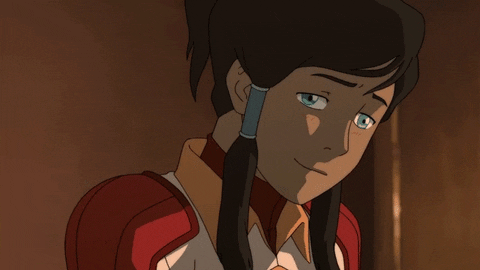
“Legend of Korra” (LOK), the sequel to Avatar: the Last Airbender, is a beautifully written show centered on Avatar Aang’s successor Korra. “LOK had more mature themes which I appreciated as an older audience member. They touched on topics like depression, anarchy, oppression [and] weren’t shy on showing screen deaths,” said Prothit Halder, a second-year student at the University of California San Diego. Confronted with great adversaries and lofty expectations, coupled with her impulsive and obdurate disposition, Korra often takes on more than she can handle. Notwithstanding, Korra’s unwavering resolve demonstrates her dedication to justice and commitment to being the Avatar. Although Korra may not have had to cope with being a child soldier like Aang, Korra’s traumas were far more personal than Aang’s and the challenges she faced had a profound impact on her body, spirit and bending.
In season one, Korra loses her bending capabilities. The following season, Korra’s Avatar spirit shatters after being forcibly torn from her. Then, in season three, Korra’s physical and mental health takes a great toll after forcibly ingesting a metallic poison. “[The producers] didn’t shy away from both the physical and mental aspect of the road to recovery… We saw in “Korra Alone” (Season 4, Episode 2) that she was so broken that she decided to throw away being the Avatar, her entire identity, away because the villains and public kept on saying the world would be better off without an Avatar. She felt no matter what she did, she didn’t do enough,” Halder said. Although Korra initially tackles her tribulations alone, she eventually learns, as Iroh (retired general of the Fire Nation, uncle and mentor of Prince Zuko) said, “There is nothing wrong with letting those who love you, help you.” Viewers empathize and connect with Korra as she embarks on a soul-searching journey. “LOK” frames tragedy as a learning experience and exemplifies how recovering from traumatic experiences is both a physical and psychological battle. Acknowledging limitations necessitates much self-reflection and accepting a helping hand requires tremendous strength and self-awareness.
3. Star Wars: the Clone Wars (2008 to 2014)
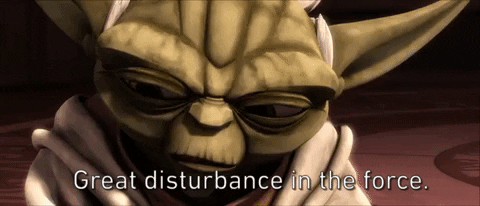
While “Star Wars: the Clone Wars” takes place “a long time ago in a galaxy far, far away,” the show conflates intergalactic disputes with philosophy. The light and dark sides of the Force, the Jedi and the Sith, the Republic and the Empire unveils notions of good versus evil, finding balance amidst chaos and enlightenment. “To me, one of the most empowering lines in the series is when Yoda expresses that, ‘no longer certain that one ever does win a war, I am.’ After reflecting on the destructiveness and imperialist qualities of the Republic Army with the assistance of the Jedis, Yoda recognizes that the Jedis are steadily losing their principles in the war. Although conflict was justified under the guise of curbing the Sith threat, were the Jedis willing to sacrifice their own ethics and values to win this war?” said Andrew Campos, a second-year student at the University of California San Diego. A person’s own principles and moral views are what defines them.
But in the throes of a cause or movement, the reasons for mobilizing towards a greater goal may begin to fray and individual principles may be muddled or distorted. Yoda demonstrates how the unique characters of human beings, distinct from group identity, can be diminished when engaged in movements maintained by groupthink. We need to recognize our own tribal thinking and be in touch with our own values and principles. In our tribal certainties, we often distort what we actually believe in the quiet of our hearts and fail to see the errors of our ways. Infused with hectic lightsaber duels and spaceship chases, “Star Wars: the Clone Wars” is thrilling, visually delightful and remarkable in its lattice of plot and philosophy.
4. X-Men: Evolution (2000 to 2003)
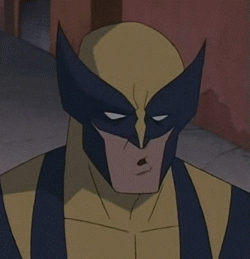
“X-Men: Evolution” portrayed the best of two worlds. Starring some X-Men in their adolescence, “Evolution” balanced storylines about mutants’ acceptance and typical teenage angst. The X-Men were like most teens: they fool around, all the while gradually developing their superpowers as they grow in maturity and training under the tutelage of older X-Men like Professor X and Wolverine. The animated series portrayed the X-Men, in both younger and older iterations, as an eccentric and eclectic group of gifted, but imperfect, individuals who congregated together as a family.
Beyond the safe confines of Professor X’s academy, mutants, born with special genes which gifts them with a range 0f superhuman abilities, are ostracized by humans. But as X-Men repeatedly demonstrates, being able to manipulate metals, shoot laser beams out of your eyes and shapeshift, being different, doesn’t automatically relegate a person to an inferior status. The X-Men didn’t simplify the labors of being a mutant, nor did the cartoon shy away from mutants’ plights for being different. Even the most powerful mutant heroes felt as though their uniqueness were a burden or ailment to be “cured,” and struggled deeply with their desire to “be normal.” Celebrate what makes you special rather than bemoan being different.
5. Spider-Man: The Animated Series (1994 to 1998)
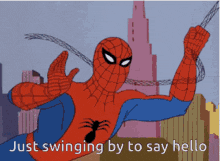
Most of us know Spider-Man as a kid donned in red and blue soaring between skyscrapers, hollering in elation and alacrity. Despite facing constant opprobrium from J Jonah Jameson, Peter Parker remains carefree in his city-scouting swings, relishing in his unique ability to wield a gift so magnificent and helping people in need in whatever way he can. However, in real life, Peter is geeky, awkward and constantly facing a barrage of personal problems. Though, when Parker transforms into Spider-Man, he becomes a different person. Gone is the awkward and lanky teenager, and in its place is a cool, quick to quip and confident superhero.
Spider-Man is a hero, not just because his vehicle involves a spider web, but because his mask reminds him to do good. Faith and belief in oneself, not superpowers or gadgets, are the secret ingredients to truly wearing the mask and becoming a better version of oneself. To truly be a hero means to go beyond recognizing the potential for heroism, it entails actualizing said potential. Peter Parker creates the conception of Spider-Man the hero and eventually becomes him by believing in himself and trusting the process.

